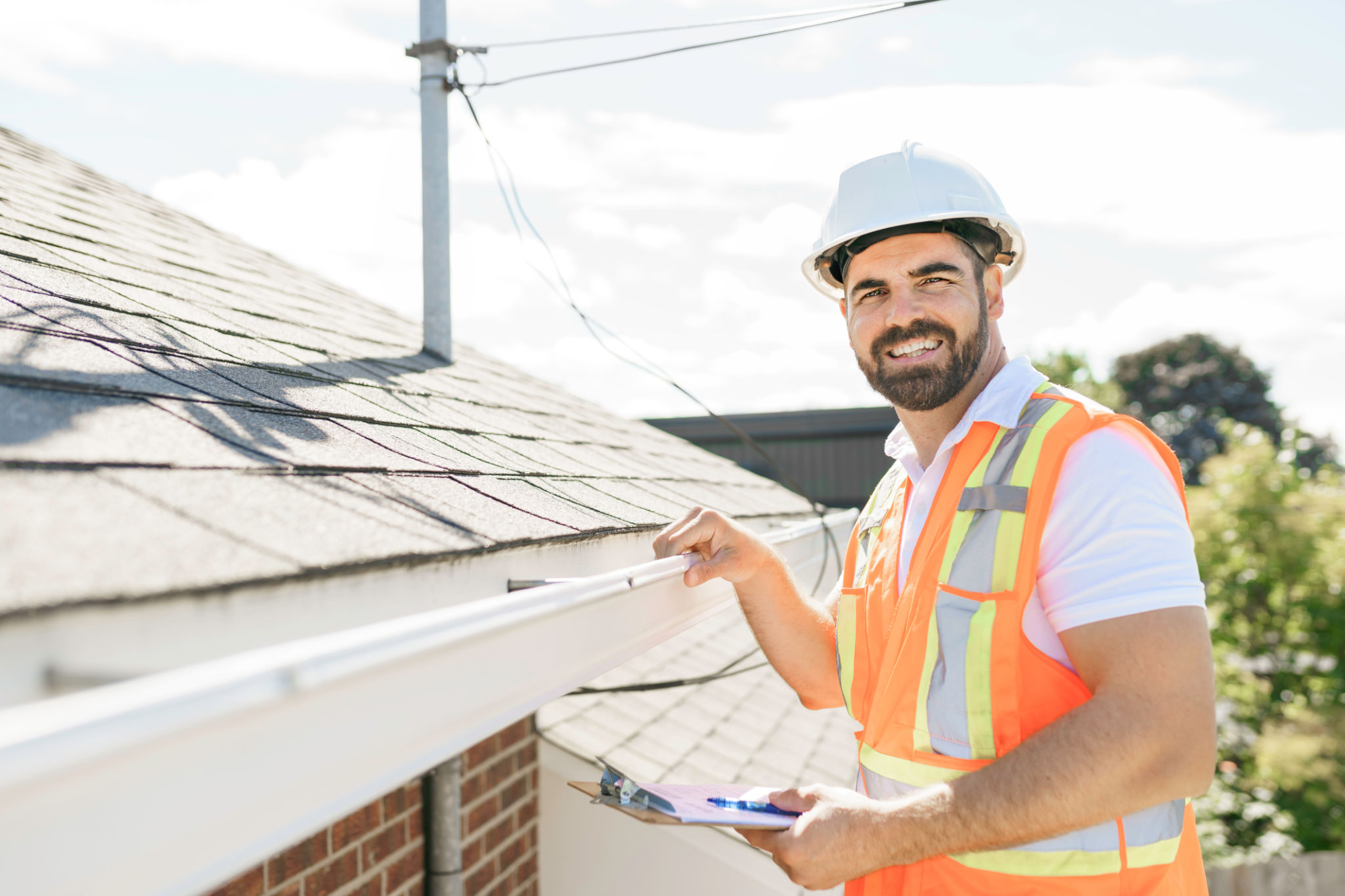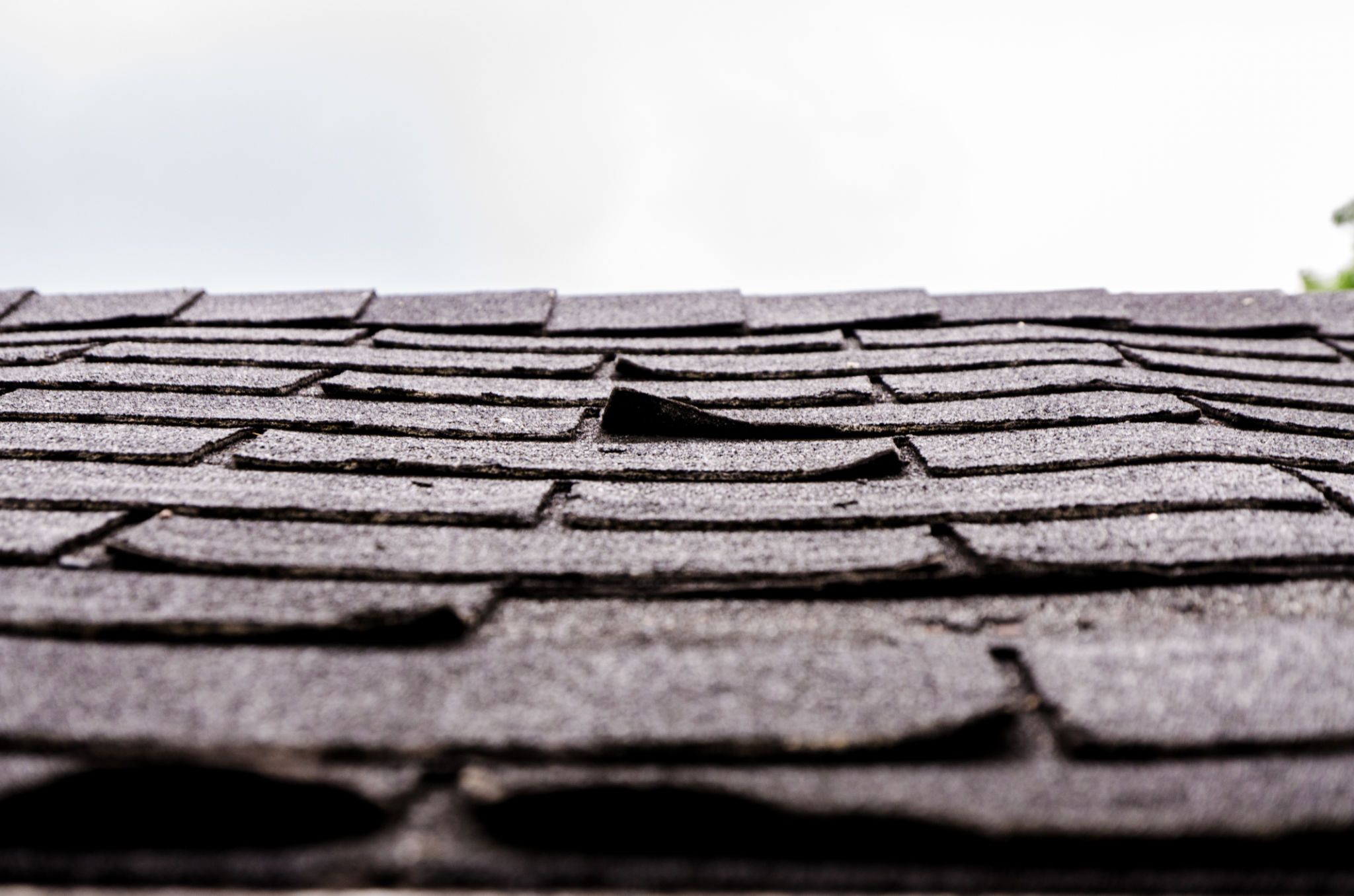DIY Roof Inspection: Identifying Common Issues in Barossa
Understanding the Importance of Roof Inspections
Maintaining a sturdy roof over your head is essential for protecting your home and ensuring the safety and comfort of your family. A regular DIY roof inspection can help you identify potential issues before they turn into costly repairs. In the Barossa region, where weather conditions can be unpredictable, conducting periodic inspections is especially crucial.

Preparing for Your Roof Inspection
Before you start inspecting your roof, it's important to take some safety precautions. Always use a sturdy ladder and wear slip-resistant shoes. If you’re uncomfortable with heights, consider using binoculars to inspect the roof from the ground. Remember, safety should always be your top priority.
Make sure to choose a clear day for your inspection to ensure visibility. Avoid inspecting your roof in wet or windy conditions, as these can increase the risk of accidents.
Common Roofing Issues to Look For
During your inspection, there are several common problems you'll want to be on the lookout for. Identifying these issues early can prevent more severe damage down the line. Here are some of the most prevalent concerns:
- Missing or Damaged Shingles: Shingles protect the underlying structure of your roof. Look for any that are cracked, curling, or missing entirely.
- Leaking or Blocked Gutters: Check gutters for signs of rust, leaks, or blockages that could lead to water damage.
- Moss or Algae Growth: While moss and algae might seem harmless, they can trap moisture and cause damage over time.

Inspecting Roof Flashing and Seals
Flashing and seals around vents, chimneys, and skylights are critical areas to inspect. These components prevent water from seeping into your home. Look for any signs of rust, damage, or gaps that could allow moisture to penetrate.
If you discover any issues with the flashing or seals, it may be necessary to apply a waterproof sealant or replace damaged sections to maintain the integrity of your roof.
Checking for Structural Issues
While inspecting your roof's surface, don't forget to check for structural concerns. Sagging or uneven areas may indicate underlying problems with the roof deck or support beams. If you notice any significant structural issues, it may be time to call in a professional.

Evaluating Interior Signs of Roof Damage
Your roof inspection shouldn’t be limited to the exterior. Inside your home, check ceilings and attic spaces for water stains or mold growth. These are often signs of a roof leak that needs immediate attention.
If you notice any dampness or stains, track down the source of the leak and address it promptly to prevent further damage.
Creating a Roof Maintenance Plan
After completing your DIY roof inspection, it's helpful to create a maintenance plan. Regular inspections and small repairs can extend the life of your roof significantly. Consider scheduling bi-annual inspections and after major weather events.
By staying proactive and addressing minor issues as they arise, you can avoid costly repairs and keep your home safe and secure.
